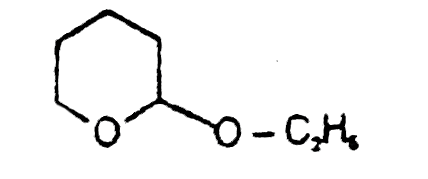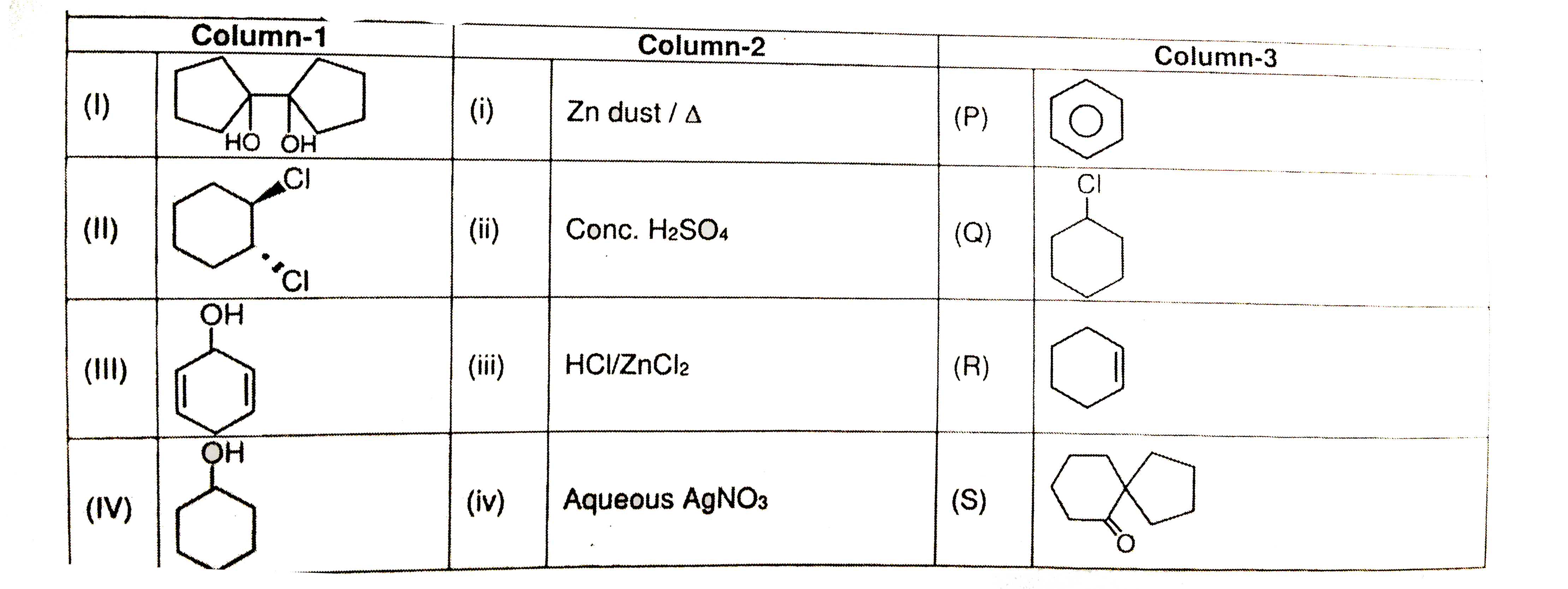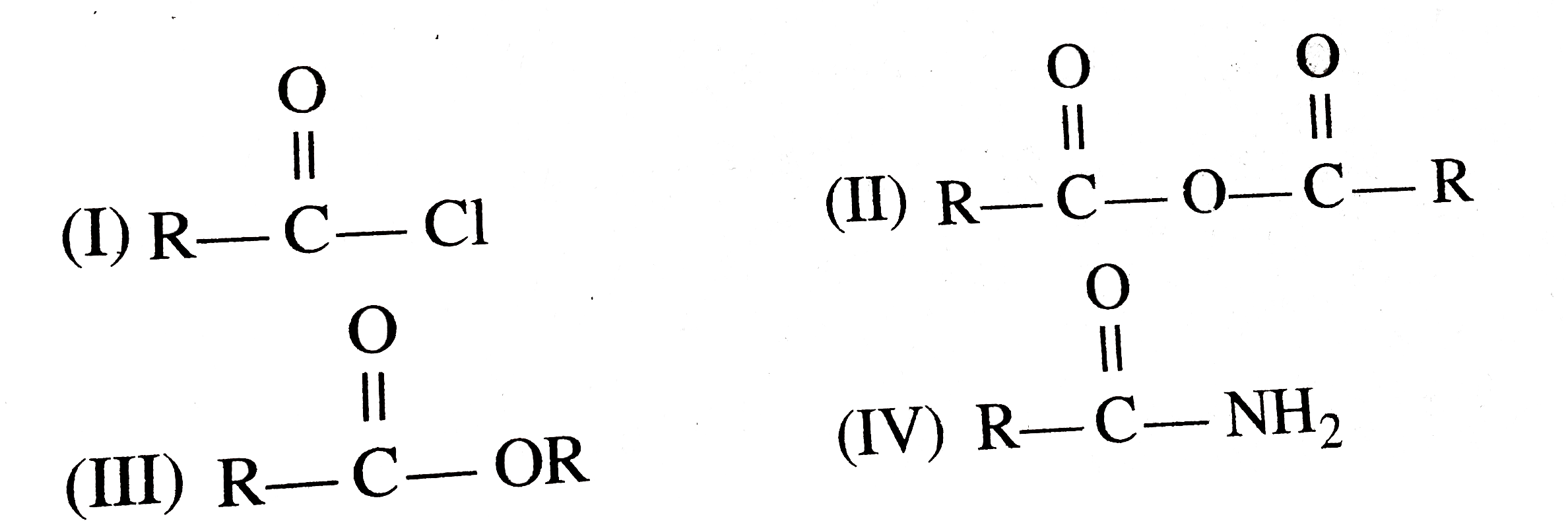Amides undergo hydrolysis to yield carboxylic acid plus amine on heating in either aqueous acid or aqueous base. The conditions required for amide hydrolysis are more severe than those required for the hydrolysis of esters, anhydrides or acid chlorides, but the mechanism is similar (nucleophilic acyl substitution). Nucleophilic acyl substitutions involve a tetrahedral intermediate, hence these are quite different from alkyl substitution
(RCH2BrNaCN−−−→RCH2CN)
which involves a pentavalent intermediate or transition state. One of the important reactions of esters is their reaction with two equivalent of Grignard reagent to give tertiary alcohols.
Which of the following constitutes the best substrate during the acidic hydrolysis of amides?
R−O∣∣C−NH2
R−O∣∣C−⊕NH3
R−OH⊕∣∣C−NH2
R−⊕O∣C⊕−NH2
The correct Answer is:C
To solve the question regarding the best substrate during the acidic hydrolysis of amides, we will follow these steps:
1. Understanding Amide Hydrolysis:
- Amides undergo hydrolysis to yield carboxylic acids and amines when heated in either aqueous acid or aqueous base. This process is more severe than the hydrolysis of esters, anhydrides, or acid chlorides.
2. Identifying Mechanism:
- The mechanism for amide hydrolysis is nucleophilic acyl substitution, which involves the formation of a tetrahedral intermediate. This is different from alkyl substitution, which involves a pentavalent intermediate.
3. Protonation of the Amide:
- In the first step of the hydrolysis, the amide is protonated by the acid, which enhances the electrophilicity of the carbonyl carbon, making it more susceptible to nucleophilic attack.
4. Nucleophilic Attack by Water:
- Water acts as a nucleophile and attacks the carbonyl carbon of the protonated amide, leading to the formation of a tetrahedral intermediate.
5. Formation of Products:
- The tetrahedral intermediate then undergoes rearrangement, resulting in the elimination of the amine and the formation of the carboxylic acid.
6. Determining the Best Substrate:
- Among the given options, the best substrate for acidic hydrolysis of amides would be one that can stabilize the tetrahedral intermediate effectively and can easily undergo the subsequent steps to yield the desired products (carboxylic acid and amine).
7. Conclusion:
- After analyzing the options, the best substrate for the acidic hydrolysis of amides is identified as option number three.
Final Answer:
- The best substrate during the acidic hydrolysis of amides is option number three.
- Amides undergo hydrolysis to yield carboxylic acids and amines when heated in either aqueous acid or aqueous base. This process is more severe than the hydrolysis of esters, anhydrides, or acid chlorides.
- The mechanism for amide hydrolysis is nucleophilic acyl substitution, which involves the formation of a tetrahedral intermediate. This is different from alkyl substitution, which involves a pentavalent intermediate.
- In the first step of the hydrolysis, the amide is protonated by the acid, which enhances the electrophilicity of the carbonyl carbon, making it more susceptible to nucleophilic attack.
- Water acts as a nucleophile and attacks the carbonyl carbon of the protonated amide, leading to the formation of a tetrahedral intermediate.
- The tetrahedral intermediate then undergoes rearrangement, resulting in the elimination of the amine and the formation of the carboxylic acid.
- Among the given options, the best substrate for acidic hydrolysis of amides would be one that can stabilize the tetrahedral intermediate effectively and can easily undergo the subsequent steps to yield the desired products (carboxylic acid and amine).
- After analyzing the options, the best substrate for the acidic hydrolysis of amides is identified as option number three.
- The best substrate during the acidic hydrolysis of amides is option number three.
Topper's Solved these Questions
Similar Questions
Amides undergo hydrolysis to yield carboxylic acid plus amine on heating in either aqueous acid or aqueous base. The conditions required for amide hydrolysis are more severe than those required for the hydrolysis of esters, anhydrides or acid chlorides, but the mechanism is similar (nucleophilic acyl substitution). Nucleophilic acyl substitutions involve a tetrahedral intermediate, hence these are quite different from alkyl substitution
(RCH2BrNaCN−−−→RCH2CN)
which involves a pentavalent intermediate or transition state. One of the important reactions of esters is their reaction with two equivalent of Grignard reagent to give tertiary alcohols.
The mechanism involved during the hydrolysis of acid derivatives is:
View SolutionThe product of acid hydrolysis of

is
View SolutionAcid halides are more reactive than acid amides towards the hydrolysis.
View SolutionAcid hydrolysis of sucrose is a
View SolutionAcid hydrolysis of sucrose causes
View SolutionIntermediate product of hydrolysis of cyanide is
View Solution
The unimolecular nucleophilic substitution is represented by :
View SolutionWhich of the following statements are correct about nucleophilic acyl substitution ?
View SolutionArrange the following in the decreasing order of nucleophilic acyl substitution reaction.
 .
.
View SolutionWhich of the following compounds on hydrolysis yields a carboxylic acid?
View Solution